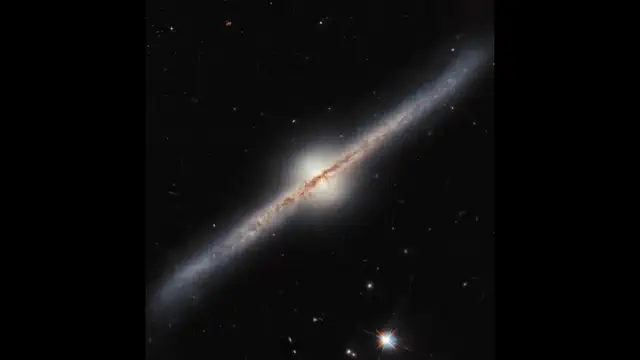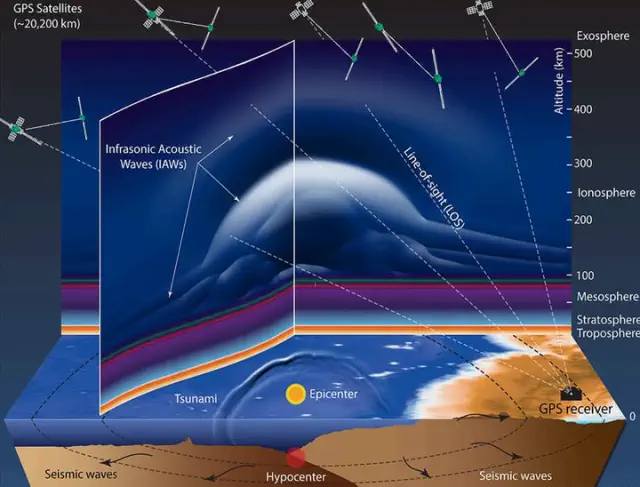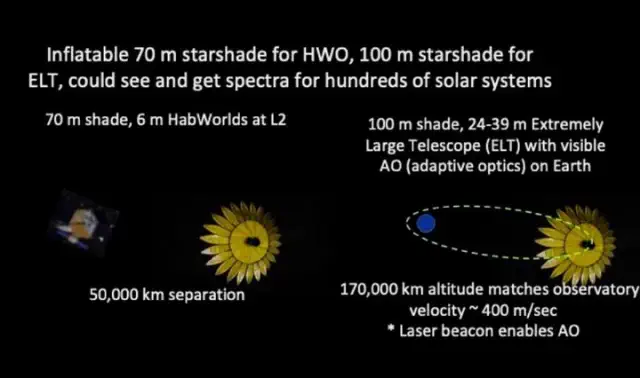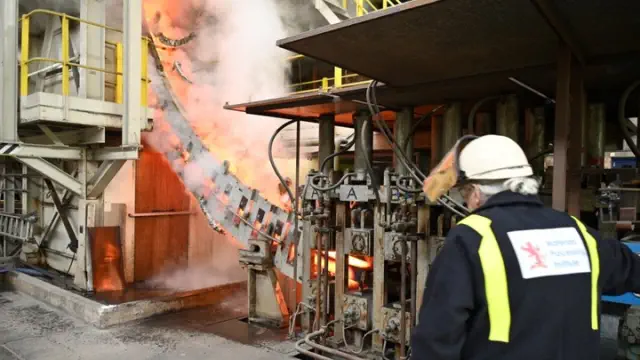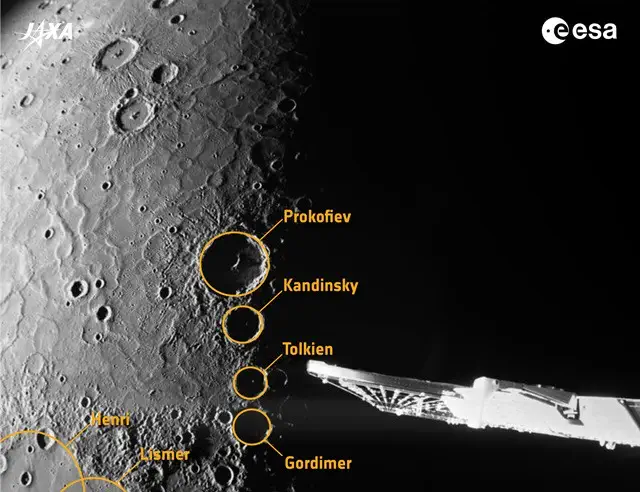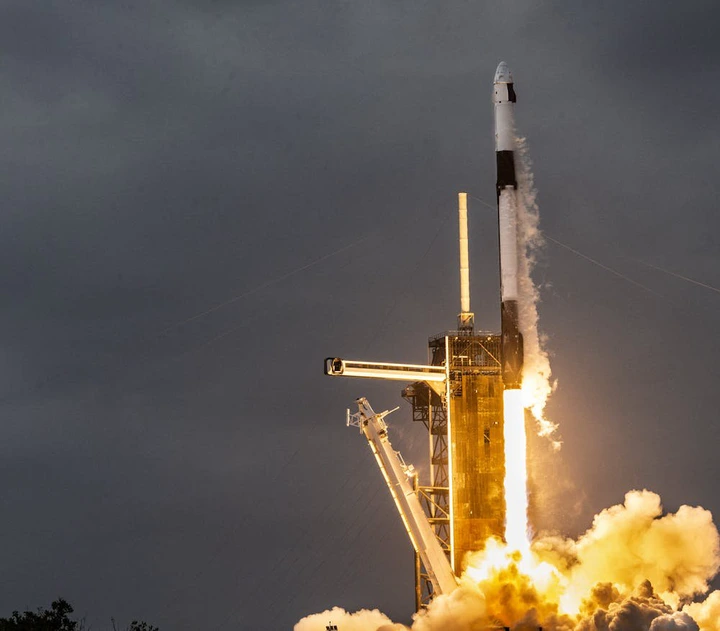
View pictures in App save up to 80% data.
Curious Kids is a series for children of all ages. If you have a question you’d like an expert to answer, send it to [email protected].
Why does a rocket need to travel at 25,000 miles per hour (approximately 40,000 kilometers per hour) to break free from Earth's gravity? – Bo H., 10 years old, Durham, New Hampshire
There’s a reason why a rocket has to go so fast to escape Earth. It’s about gravity – something all of us experience every moment of every day.
Gravity is the force that draws you down towards the Earth, and that's beneficial. It ensures that you remain grounded; without it, you would drift off into the vastness of space.
But gravity also makes it difficult to leave Earth if you’re a rocket heading for space. Escaping our planet’s gravitational pull is hard – not only is gravity strong, but it also extends far away from Earth.
Similar to an inflated balloon.
As a rocket scientist, one of the things I do is teach students how rockets overcome gravity. Here’s how it works:
Essentially, the rocket has to make thrust – that is, create force – by burning propellant to make hot gases. Then it shoots those hot gases out of a nozzle. It’s sort of like blowing up a balloon, letting go of it and watching it fly away as the air rushes out.

View pictures in App save up to 80% data.
More specifically, the rocket propellant consists of both fuel and oxidizer. The fuel is typically something flammable, usually hydrogen, methane or kerosene. The oxidizer is usually liquid oxygen, which reacts with the fuel and allows it to burn.
When launching into space and breaking free from Earth's gravity, rockets require a significant amount of force, leading to rapid consumption of propellant. This poses a challenge, as rockets cannot carry an unlimited supply of fuel to maintain continuous thrust; the quantity of propellant necessary would add excessive weight, preventing the rocket from liftoff.
What occurs when the fuel is depleted? The propulsion ceases, and gravity begins to decelerate the rocket, eventually leading it to descend back towards Earth.
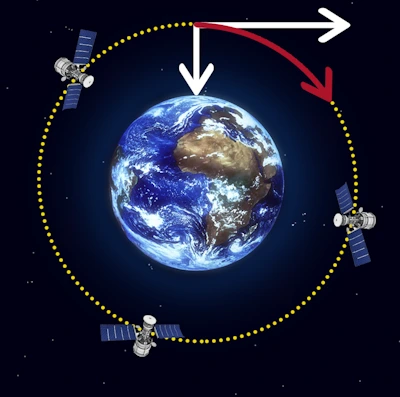
View pictures in App save up to 80% data.
Fortunately, scientists can launch the rocket with some sideways momentum so that it misses the Earth when it returns. They can even do this so it continuously falls around the Earth forever. In other words, it goes into orbit, and begins to circle the planet.
Many launches intentionally don’t completely leave Earth behind. Thousands of satellites are orbiting our planet right now, and they help phones and TVs work, display weather patterns for meteorologists, and even let you use a credit card to pay for things at the store or gas at the pump. You can sometimes see these satellites in the night sky, including the International Space Station.
Fleeing from Earth
But suppose the goal is to let the rocket escape from Earth’s gravity forever so it can fly off into the depths of space. That’s when scientists do a neat trick called staging. They launch with a big rocket, and then, once in space, discard it to use a smaller rocket. That way, the journey can continue without the weight of the bigger rocket, and less propellant is needed.

View pictures in App save up to 80% data.
However, staging alone won't suffice; eventually, the rocket will deplete its fuel. Yet, if the rocket reaches a sufficient speed, it can exhaust its propellant and still glide away from Earth indefinitely, unaffected by gravitational pull. It's similar to biking: if you gain enough momentum, you can ascend a hill without needing to pedal.
And just like there’s a minimum speed required to coast the bike, there’s a minimum speed a rocket needs to coast away into space: 25,020 mph (about 40,000 kilometers per hour).
Scientists call that speed the escape velocity. A rocket needs to go that fast so that the momentum propelling it away from Earth is stronger than the force of gravity pulling it back. Any slower, and you’ll go into an orbit of Earth.
Fleeing from Jupiter
Larger or more massive objects exert a stronger gravitational force. Therefore, a rocket taking off from a planet that is larger than Earth would require a greater escape velocity to break free from the planet's gravitational influence.
For example, Jupiter is the most massive planet in our solar system. It’s so big, it could swallow 1,000 Earths. So it requires a very high escape speed: 133,100 mph (about 214,000 kilometers per hour), more than five times the escape speed of Earth.
But the extreme example is a black hole, an object so massive that its escape speed is extraordinarily high. So high, in fact, that even light – which has a speed of 370 million mph (about 600 million kilometers per hour) – is not fast enough to escape. That’s why it’s called a black hole.
Hello, curious kids! Do you have a question you’d like an expert to answer? Ask an adult to send your question to [email protected]. Please tell us your name, age and the city where you live.
Curiosity knows no bounds, so adults, feel free to share your questions with us as well. While we may not have answers to everything, we promise to try our hardest.
This article is republished from The Conversation, a nonprofit, independent news organization bringing you facts and trustworthy analysis to help you make sense of our complex world. It was written by: Benjamin L. Emerson, Georgia Institute of Technology
Benjamin L. Emerson is associated with the Georgia Institute of Technology, where he instructs courses on rocketry and oversees combustion research initiatives.



